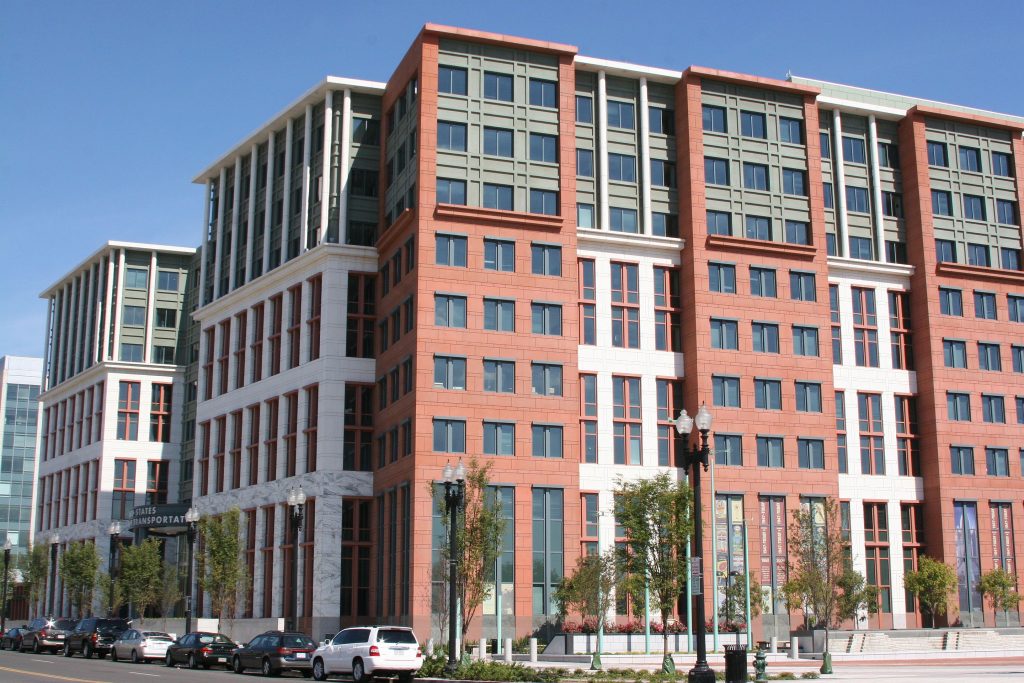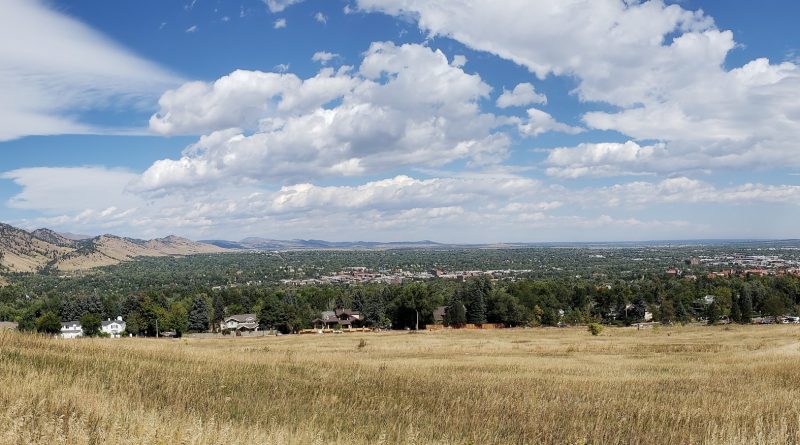COVID19 Diaries: Mobility in the Time of the Plague
Our newsfeeds have been replete with all manner of strange tales– everything ranging from stories of panic buying, to agonizing airport travel, to government incompetence, to bizarre conspiracy theories. This series takes a look at how regular people are managing to go about their daily lives, thinking about not only best practices– but also about what sort of lessons we can constructively derive from our lived experiences.
TRANSIT PERSPECTIVE
A great deal of discussion around “flattening the curve” has focused on social distancing. This would seem to include riding public transit. But, in spite of the fact that riding transit means you’re in close proximity to other people who might be sick, it appears that there is as of yet little evidence that public transit is any more dangerous than congregating in any space with a number of other people. The APTA has been actively communicating with stakeholders about transit agencies’ sanitization protocols.
IN DETROIT
Yesterday in Detroit, DDOT service shut down because a large number of drivers refused to work as a response to what they perceived as inadequate protections being offered to them by the agency. DDOT did not respond to multiple requests for comment, but a source familiar with the matter said that the agency is following enhanced protocols for disinfecting buses and facilities and is following direction from the city’s executive on the matter. Transit advocate Dave Gifford pointed out that summarily terminating the primary means of mobility for 90,000 Detroiters will effectively shut down Metro Detroit, as many of these riders commute to jobs outside the city:
This is what can happen when we don’t have a comprehensive regional transit system. 90,000 people not being able to reach work will shut things down in Metro Detroit. https://t.co/BV4PZOU9rv
— DE_Giff (@DE_Gifford) March 17, 2020
Yesterday evening, Detroit Mayor Mike Duggan announced that full bus service would resume— without fare collection and with rear entry to protect the driver from potentially being exposed to sick passengers. The accessibility of transit is liable to change in the coming days or weeks, but in the mean time, mobility remains a critical priority for especially less well-resourced citizens to be able to get to shopping, visit family, go to work– or, unfortunately, perhaps access critical health care.
…AND ELSEWHERE
I also wanted to learn about how COVID19 is affecting smaller transit agencies. Through NUMTOTs, I connected with Nick Hinrichsen, Operations Supervisor for Pueblo Transit in Pueblo, Colorado. Pueblo is a city of about 100,000 at the southern end of the Front Range urban corridor, 116 miles south of Denver, and 46 miles south of Colorado Springs. In the East, Pueblo is perhaps less known for the history that made it famous– as a steel town.
The city is distant enough from northern neighbors to have not grown at such a prodigious rate in recent years. But it is growing– and transit is as well, accordingly. In addition to local paratransit and fixed-route service, Pueblo Transit contracts with a partner to operate the intercity Bustang service connecting to Lamar and Alamosa, about two hours to the east and southwest, respectively.

ARE ENHANCED CLEANING PROTOCOLS ENOUGH?
Facing COVID19, the agency faces uncertainty about prospective service cuts, but is in the meantime operating a normal schedule– with enhanced procedures for more frequent cleaning.
“Every paratransit bus is disinfected every night when they come in at the end of the run,” Hinrichsen explains, “and every [city] bus is disinfected every morning before it rolls out. We used to do it once a week– now it’s happening daily on every bus.”
Other emergent practices: New efforts in China have substantially sped up the disinfection process by using ultraviolet radiation to clean buses.
Hinrichsen said that transit ridership didn’t take a hit until the end of last week, when numbers fell off by 25-30% following an uptick as riders stocked up on groceries and household necessities.
“We do have confirmed cases in our city, and I suspect it will get worse,” he says, but also says that panic is not quite warranted. The agency and the city government are monitoring the situation closely and working with state health officials to minimize health risk to the public as services continue.
Should service be reduced, however, it will be a tricky calculation.
Hinrichsen says that weighing the potential decision to reduce service has been a tough one, because local transit is heavily patronized by the most under-resourced citizens, who often fall into the category of the most vulnerable. Planners have historically characterized transit riders into two groups– “choice” riders, who can afford to drive but choose transit, and “captive” riders, who take transit because they have no other option. While mounting evidence shows that this dichotomy is unproductive– if not improper- historically autocentric areas struggle with transit adoption as a cultural phenomenon.

PARTNERS– OR LACK THEREOF- IN WASHINGTON
Where is the federal government during this? Local agencies expect the Federal Transit Administration, within the Department of Transportation, to provide support, as it does through grant funding for capital and operating budgets. Observers, including public health experts, say that the Trump Administration’s mixed messaging on COVID19 undermines the public trust, something that, they say, is crucial in managing such a crisis.
Lessons From Tampa: How Transit Funding Works (January 2020)
During a national– indeed, a global- crisis, any public servant at a local level might expect some support from the federal government. Unfortunately, Hinrichsen says, that hasn’t been the case.
“The FTA has been pretty much nonexistent for us as a small urban agency […] the extent of our interaction on the matter is that they took a survey of small urban areas in our FTA region of what we’re doing, about two weeks ago, to try and prevent the spread of [coronavirus] in our systems. Then, they had a conference call on Monday. They didn’t take questions from agencies […] A lot of people had been asking prior to the conference call if any funding would be available for prevention measures or service disruptions. What was said in that meeting was that you can use your 5307 funds for disinfection operations, prevention measures, or whatever. It’s a fairly sophisticated way of saying ‘Sorry, we’re not providing you with any help.'”

In other words: There is no funding to help. Urbanized Area Formula Grants, or 5307 funds, are relatively unrestricted grants to support transit agencies. But, Hinrichsen points out, a transit agency using its 5307 funds to mitigate COVID19 means that much less funding to provide service. It get worse, though. This becomes a self-fulfilling prophecy, or a downward spiral, given that decreased ridership numbers means decreased 5307 funding.
Such, one might suppose, is the case when the federal government effectively bankrupts itself, mostly in the name of inflating a stock market (that has since crashed).

LOOKING FORWARD
Moving away from the gloom of the Trump administration’s lackluster leadership, in the face of COVID, I asked Hinrichsen about what he thought about the future of transit in the region.
First, I asked if the recent global collapse of oil prices wasn’t a double-edged sword for transit agencies. Lower oil prices means lower diesel prices, which means lower operating costs for buses constantly running more hours a day than not. But lower oil prices also mean low gas prices, which could be a disincentive to transit adoption.
To give a brief recap, the 2008 oil bubble led to a strong spike in transit ridership that actually stuck longer than the oil bubble did. Flash forward to 2020, and cars are cleaner and more fuel efficient than they were in 2008. Low gas prices over the past few years hasn’t been a hindrance to transit expansion as much as a lack of reliable service in many areas– but it doesn’t exactly help, either. However, Hinrichsen doesn’t see low gas prices as the major disincentive to transit adoption, but rather congestion as a major incentive.
Most transit planners agree, given the explosive growth in congestion in cities, much of which can be attributed to Lyft and Uber. (The two major rideshare companies are currently battling accusations that they are not doing enough to help their drivers).
“We’re sort of in an interesting spot in the Front Range… you can’t develop west, because you hit ridiculous mountains,” Hinrichsen says. “I-25 is the main [east-west] artery. They’re widening it– The Gap Project, it’s called- and it has wreaked havoc in traffic. What used to be an hour-and-a-half drive in moderate traffic is now 3 hours, period.”
“Our professional traffic planners are saying that this will alleviate the situation for a year or two, and then we’ll be right back where we started,” Hinrichsen says of the protracted I-25 widening project.
“High-speed rail [HSR] has been very much in the works,” he says. For years, advocacy from the apparently now-defunct Rocky Mountain Rail Authority and others pushed for rail connectivity in the Front Range. Over the past decade, the Denver metro area, to the north, has grown by double digit percentages; the cities of Aurora and Colorado Springs have added 100,000 residents each. Hinrichsen says that HSR has come a long way since the days when onlookers were attracted by an, “oh, that’s cute” mentality, and are now thinking about it as a major value-add for infrastructure in the age of the increasingly expensive, increasingly congested highway.
“It’s starting to gain some traction as people think that maybe we should look at alternatives to sitting in congestion in your car for hours,” he explains. “We’re seeing a lot more support when you can say, ‘you need passenger rail– because it will cut your commute time by car in half.’ At that point, you’ve got people’s attention.”
Suffice it to say, dreams for high-speed rail are probably not going to materialize any time soon as the nation deals with an unprecedented crisis. But it is good to hear hope, both on the home front battling COVID19, and on infrastructure improvement in general. Hinrichsen’s parting words on public health are that his agency will continue to maintain their enhanced cleaning efforts and operating service as long as they are able.
In the mean time, he gives the same advice for transit riders that he’d give to anyone else, whether they were going to work or a restaurant.
“If you’re sick, stay home,” he says.
(Pueblo Transit serves the city of Pueblo, CO and beyond. Learn about their response to COVID19 here. The Detroit Department of Transportation did not respond to multiple requests for comment. The CDC’s information center on COVID19 can be found here.)

